Report this entry
More from the same community-collection
Han Family Holding Kickboxing Titles - 2004 - El Paso, Texas
Han Family Holding Kickboxing Titles - 2004 Left to right-- ...
Master Han and Grandmaster Myong - 2005 - El Paso, Texas
Master Han and Grandmaster Myong - at Dojang. Dojang is a term ...
Master Han, Mr Kim, Thomas Godfrey and Henry Godfrey - 1980
Henry Godfrey, Master Han, Mr. Kim and Thomas Godfrey in the ...
St. Raphael Video Welcomes Pope Francis to the border - 2015
Pastor Tony Celino and students from St. Raphael Catholic ...
5th grade students from Lee Elementary - El Paso, Texas
Fifth grade students at Lee Elementary. El Paso, Texas Class of ...

















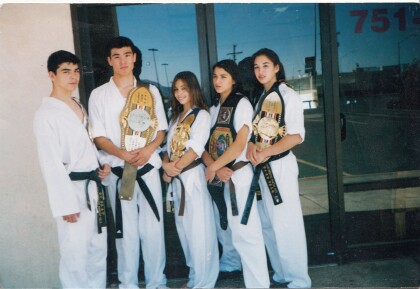
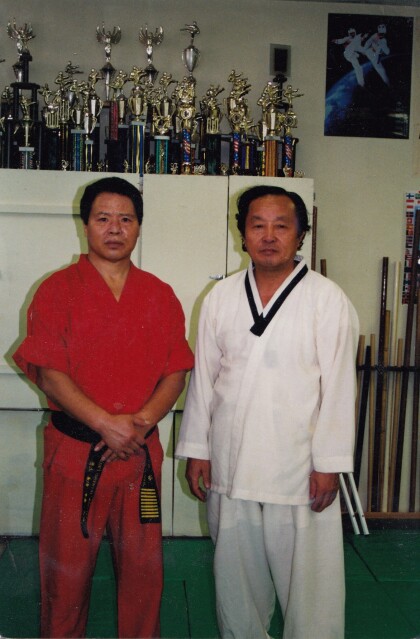
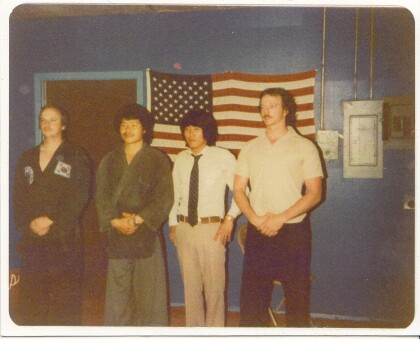
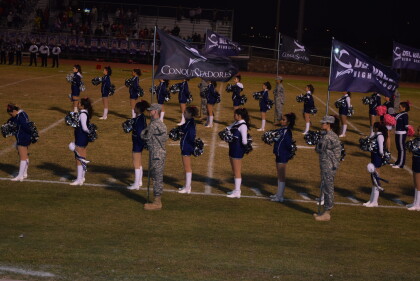
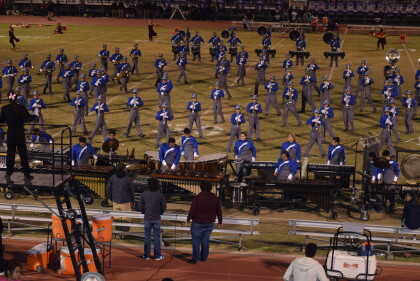
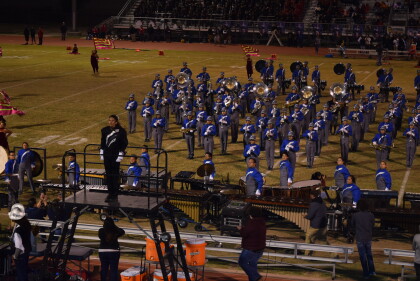
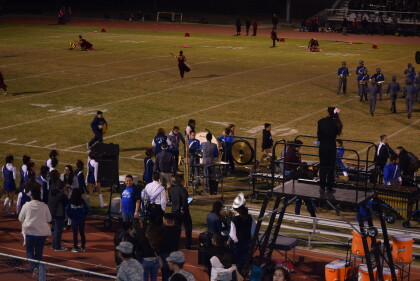
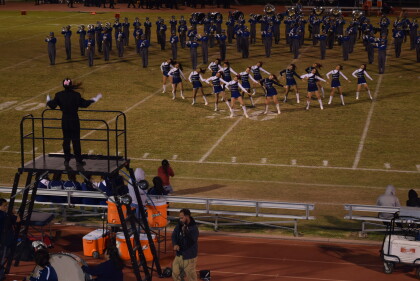
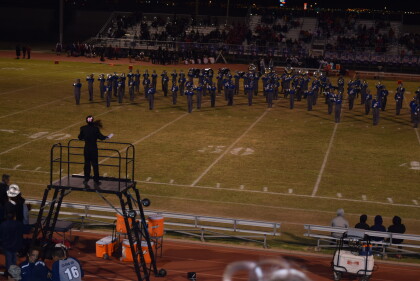
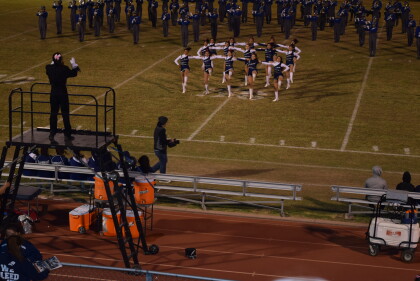

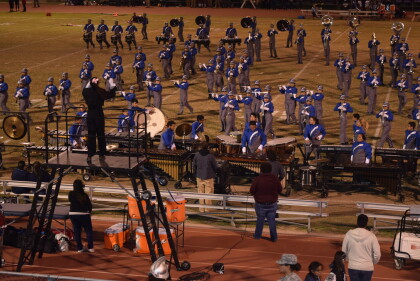
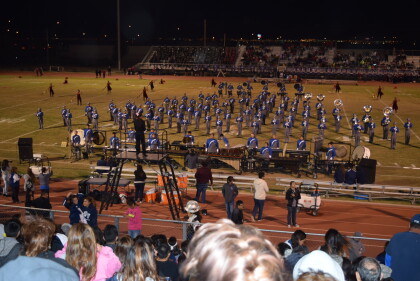
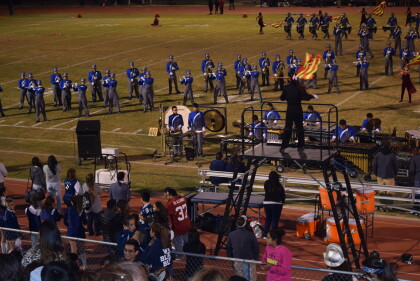
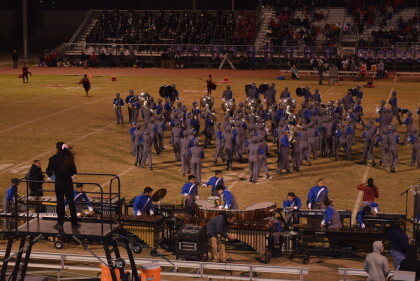

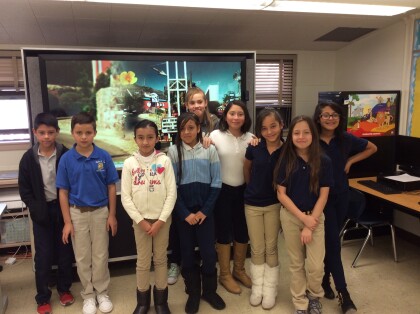
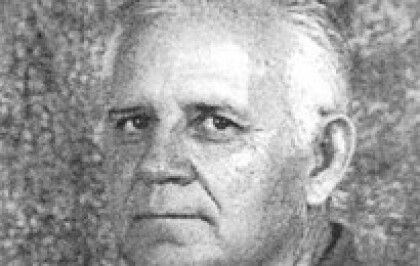
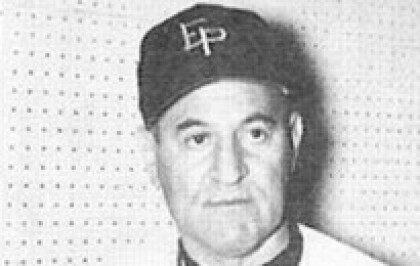
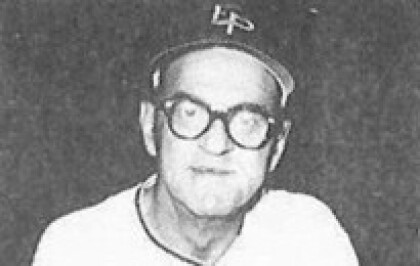
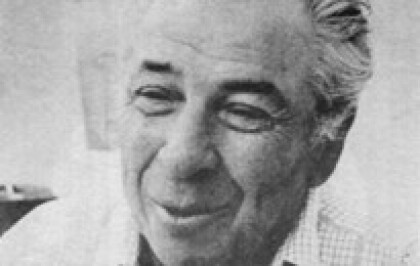
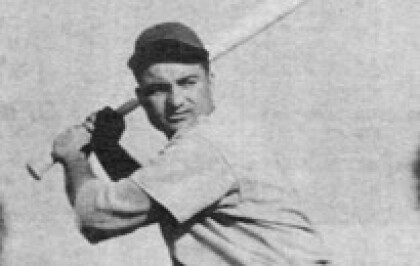

Comments
Add a comment